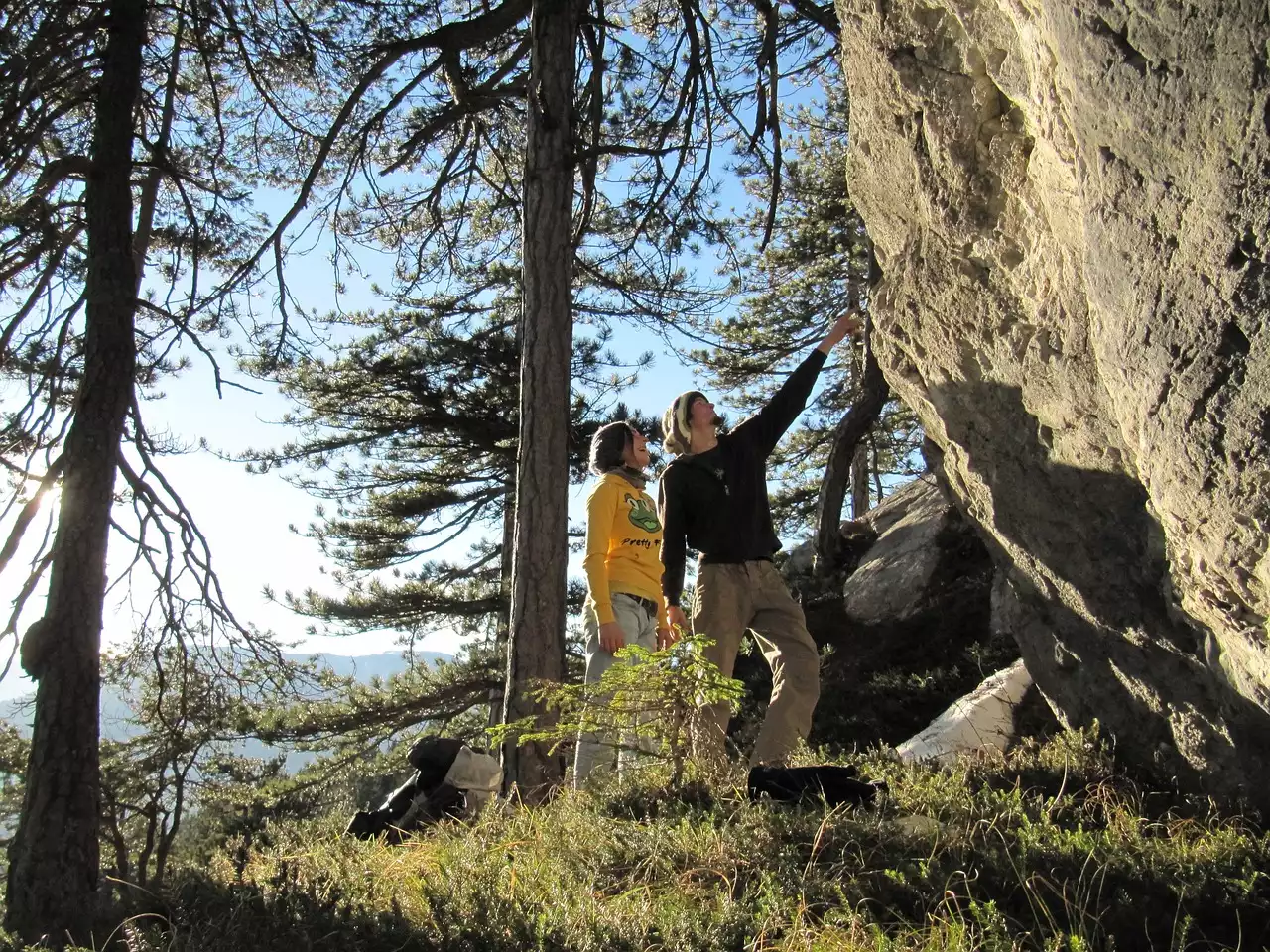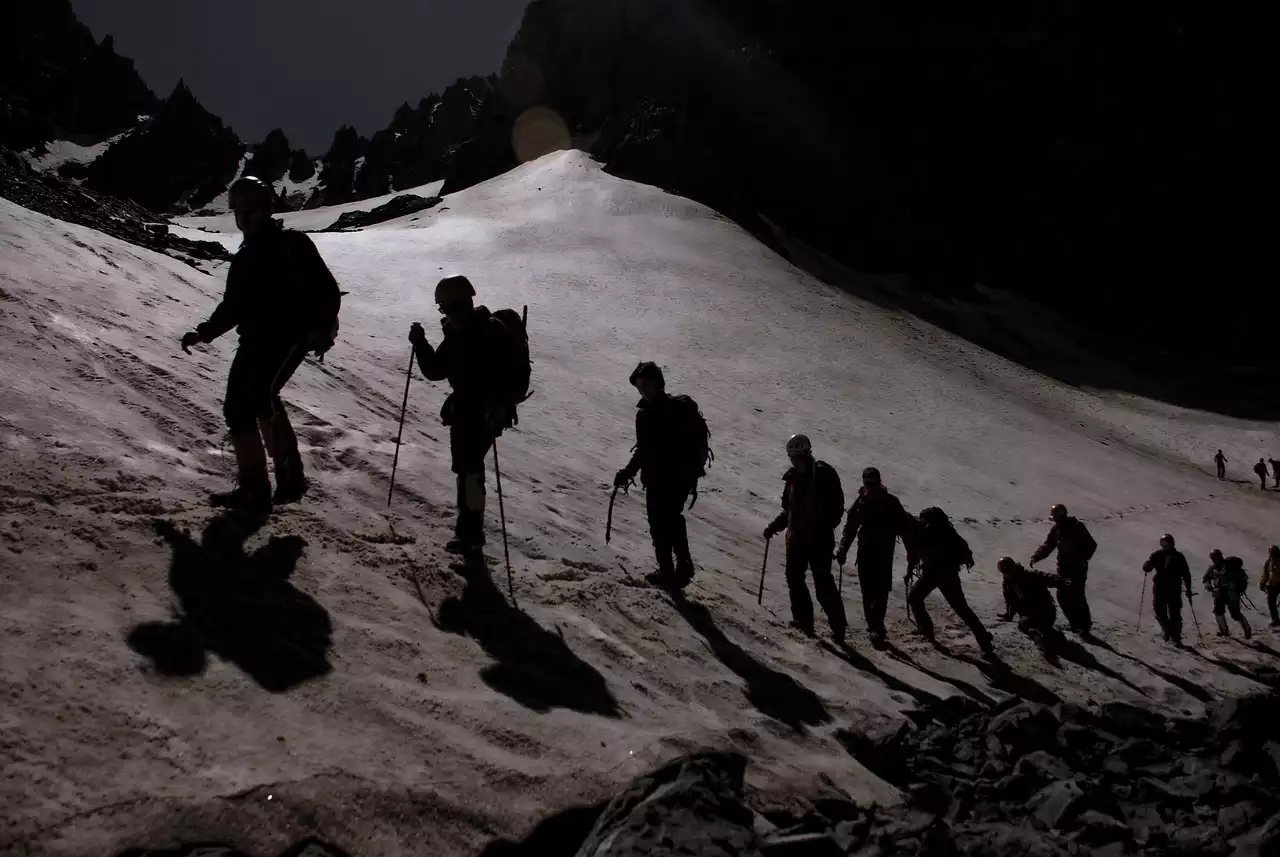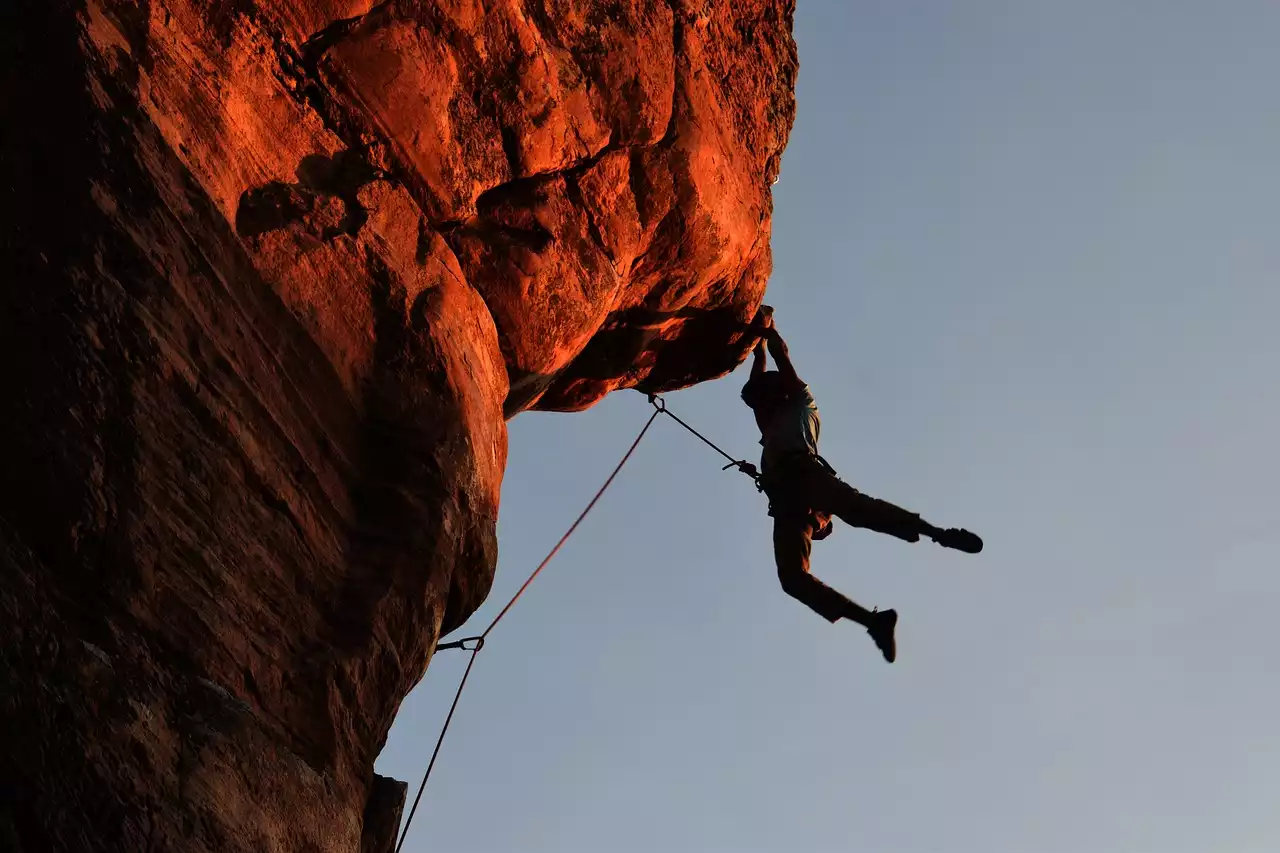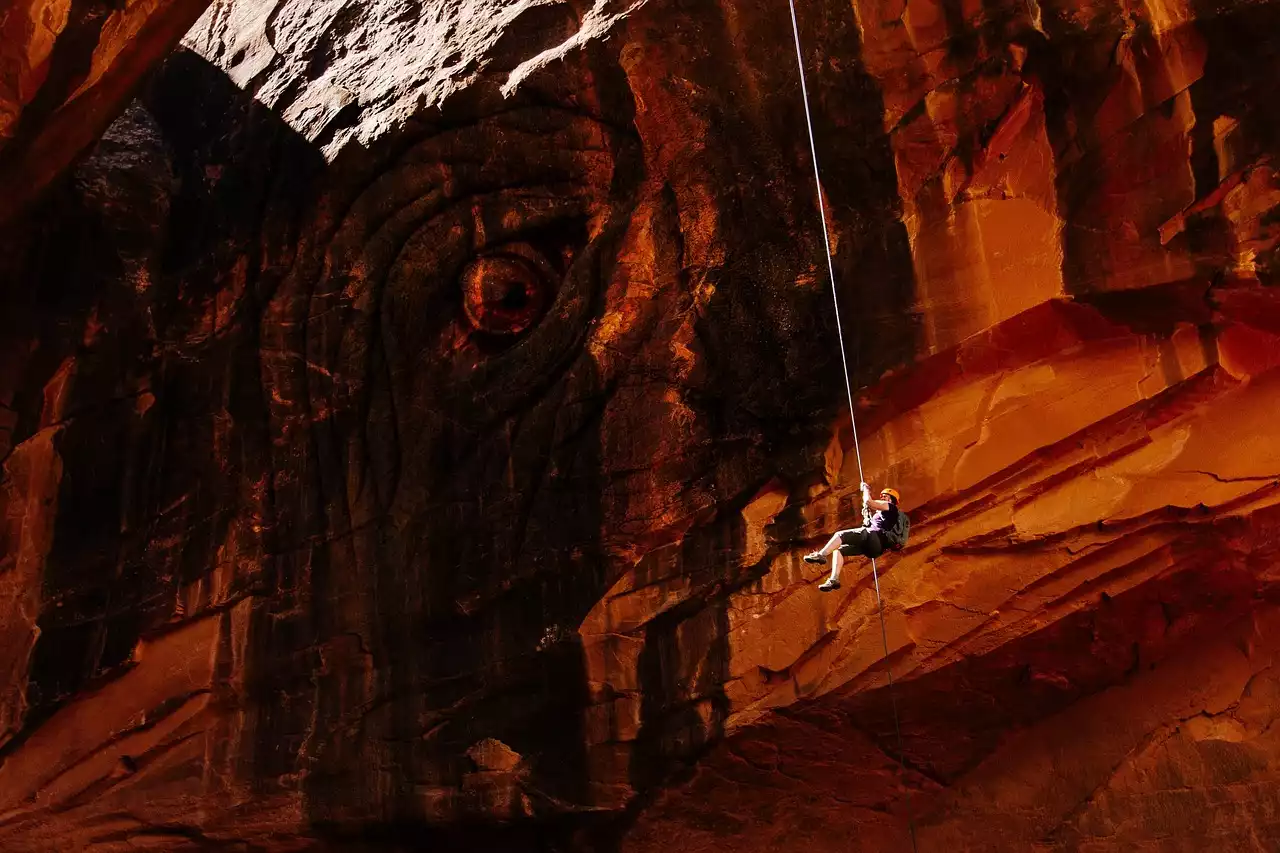Benefits of mastering rock over technique
- Improved climbing ability - When you learn to rock over, you can make use of one hold to reach another. This allows you to use natural features of the rock, such as holds and cracks, as support to move higher up the wall.
- Greater overall strength - When you are frequently climbing up and down a route, you will build strength in your arms, shoulders, and core muscles. This will improve your overall strength and make you less likely to injure yourself when climbing in competitions or on more challenging routes.
- Better balance - Rock climbing involves pushing off from one hold and placing your foot onto another. As you move upwards, your center of gravity moves further away from the ground. This can result in a lower risk of falling, making you less likely to lose your balance when climbing.
- Increased flexibility - As you climb frequently, you will develop increased flexibility in your arms, shoulders, and core muscles. This will make it easier for you to perform the movements needed for climbing and make you less likely to develop injuries.
Techniques for rock over
There are many ways to get over a route. The most common is to reach up and use a handhold to pull yourself up. However, you can also use your feet, knees, or even your back to help you climb higher. This will depend on the type of route you are on. When climbing on a free-standing wall, you can use the top of the wall to help you move up and over. However, if you are climbing on outdoor rock, this method may be too dangerous. You can also use another feature of the wall to help you climb higher. Fins, edges, and cracks are all potential tools for climbing higher. If there are horizontal cracks in the rock, you can use them to help you climb higher. You can also use edges to help you climb higher.
Practicing rock over technique
To get the most from your practice sessions, try to mimic real-life climbing scenarios. This can help you develop your rock-over technique as well as strengthen your climbing muscles. Recreate climbing scenarios as regularly as possible, such as when you are doing warm-up stretches or working on routes on your wall. Alternatively, you could create your climbing scenarios at home, such as using a wall or fence to practice climbing moves. However, remember to always remain safe while practicing the rock-over technique. If possible, choose a route that is easy to master the technique on, such as a beginner’s route. This will allow you to focus on improving your technique without risking injury. When practicing, you should aim to mimic real-life scenarios as much as possible. For example, when climbing up a route, mimic the movements you make when climbing up the wall. This will help you to develop your rock-over technique. When practicing climbing moves, try to mimic the movements you would make in real life, such as swinging your arms and legs. This will help you to maintain good posture while climbing, as well as build your overall strength and coordination.
Common mistakes in rock-over technique
- Using the wrong hold - If you use the wrong hold when climbing, you risk hitting the wall with too much force and possibly injuring yourself. - Falling off the wall - If you fall off the wall while climbing, you could seriously injure yourself by landing awkwardly or even hitting your head.
- Not maintaining good posture - Bad posture could lead to a serious injury, such as shoulder impingement or shoulder tendinosis. Maintaining good posture is vital when climbing. This means keeping your core muscles tight, arms close to your body, and knees locked.
- Failing to keep moving - If you stop moving while climbing, you could lose your momentum and fall back down to the ground.
- Falling to the wrong side - If you climb to the left side of the wall, you could potentially climb off the wall and fall to the ground.
- Rock-over technique and safety Climbing is a high-risk, high-reward sport. There are several risks involved in this type of exercise, including the risk of serious injury. The most important thing when practicing the rock-over technique is to stay safe. This means following the basic rules of rock climbing, such as wearing a helmet and doing only what is safe. If you are practicing on a route that is easy to master the technique on, like a beginner’s route, you should focus on improving your technique while staying safe. However, you should also try to climb on routes that are slightly more challenging, as these will help you to build your rock-over technique and master the technique.
Rockover technique and advanced climbing
Once you have mastered the basic technique, you can try to climb with more advanced rock climbing techniques. For example, you could try to climb with your hands and feet only, or even climb with just your hands on the rock. These more advanced techniques require a greater level of strength and coordination, as well as a greater focus on good posture. However, they can be very rewarding. Advanced climbing techniques require a greater level of strength and coordination. They can also be very rewarding. Advanced techniques are often more dangerous than basic techniques, as they involve a greater risk of serious injury. Advanced techniques are also more challenging to master, as they involve more advanced movement patterns.








